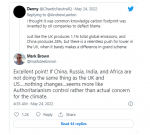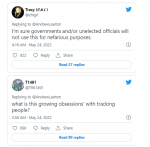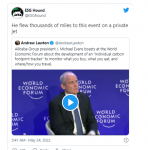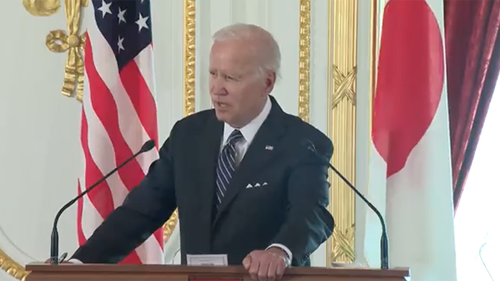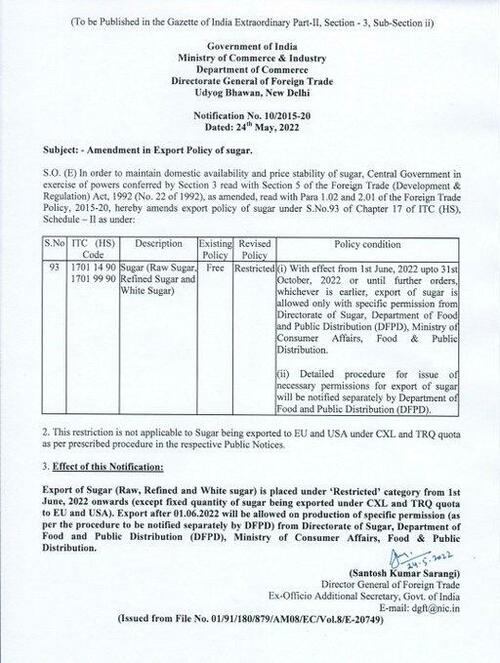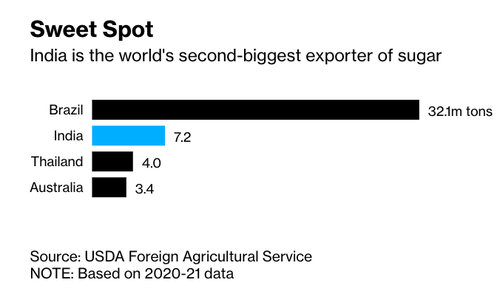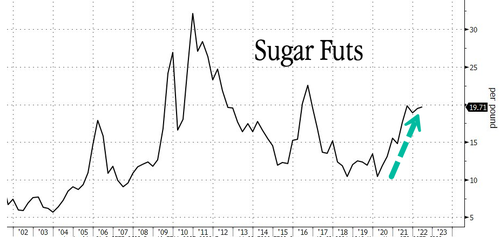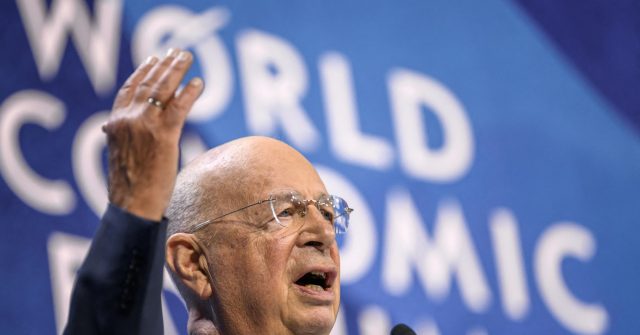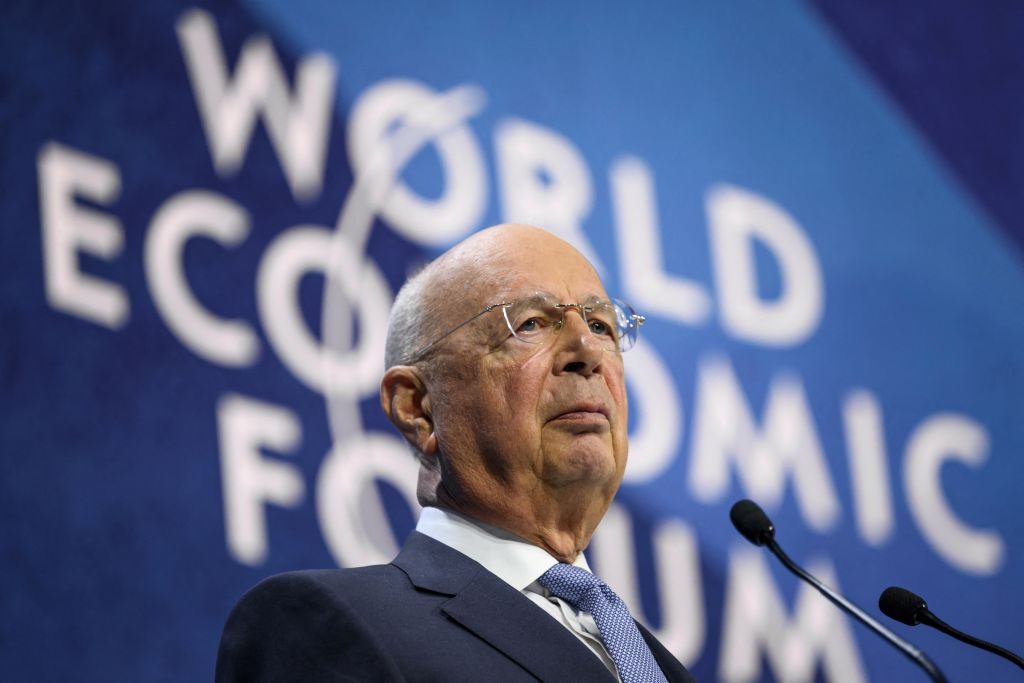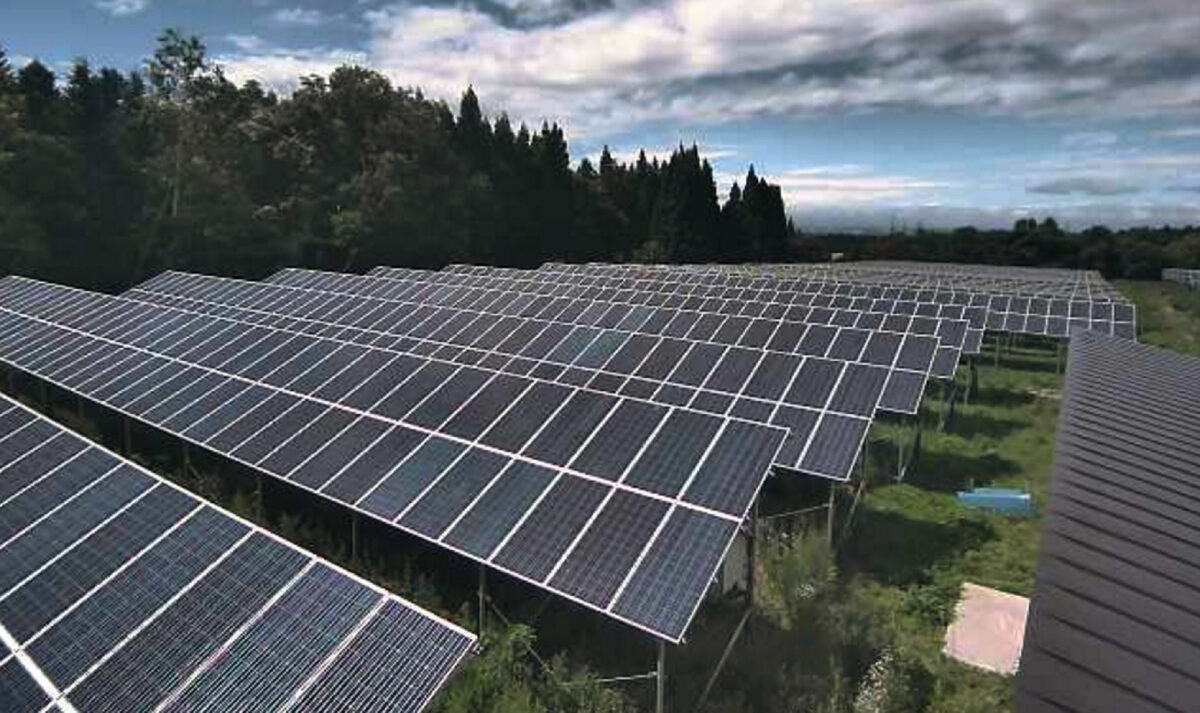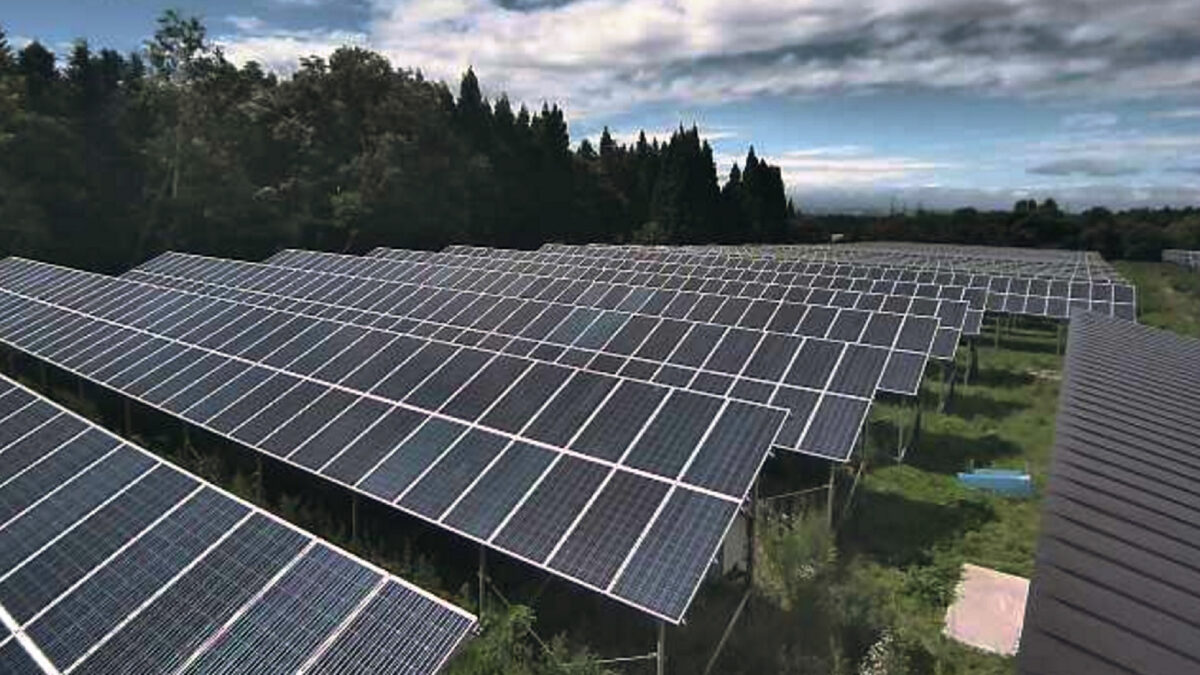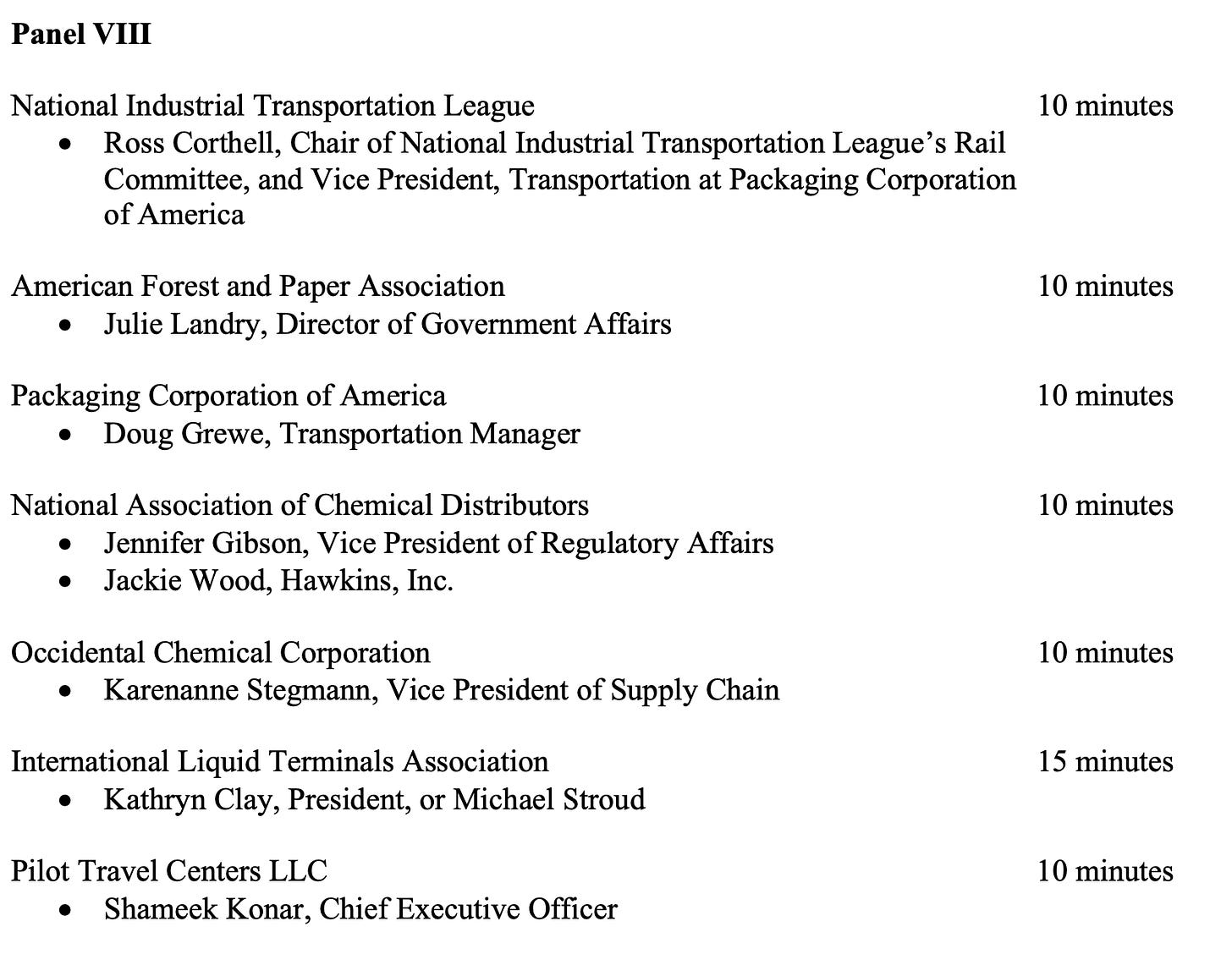https://www.zerohedge.com/geopoliti...onspiring to get him re-elected in March 2020
(and warned that "the overheated US economy can't be kept boiling for too long"), billionaire George Soros unveiled his traditionally anticipated annual address, taking aim squarely at China (nothing new there) but adding Russia to his hit list.
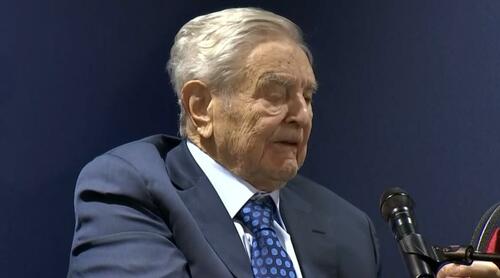
The 90-year-old puppet-master is certainly not getting any younger (looking older than 98-year-old Henry Kissinger who made headlines earlier in the day), warned that
Russia’s invasion of Ukraine has rattled Europe and could be the start of another world war.
“Other issues that concern all of humanity -- fighting pandemics and climate change, avoiding nuclear war, maintaining global institutions -- have had to take a back seat to that struggle,” Soros said,
“That’s why I say our civilization may not survive.”
View: https://youtu.be/427w-jkHbyE
1:16 min
Taking aim at the leaders of both Russia and China, Soros said:
The two leaders have made “mind-boggling mistakes,” adding that,
“Putin expected to be welcomed in Ukraine as a liberator; Xi Jinping is sticking to a Zero Covid policy that can’t possibly be sustained.”
Attacking China is nothing new, as in 2019, the former hedge fund manager warned of the “mortal danger” of China’s use of artificial intelligence to repress its citizens, a theme he hit again in his speech today.
“AI is particularly good at producing instruments of control that help repressive regimes and endanger open societies,” Soros said.
“Covid-19 also helped legitimize instruments of control because they are really useful in dealing with the virus.”
But his concluding thoughts were ominous to say the least as he added Russia to his shit-list, warning that, loosely translated: defeat Putin or we're all going to die...
"Therefore, we must mobilize all our resources to bring the war to an early end. The best and perhaps only way to preserve our civilization is to defeat Putin as soon as possible. That’s the bottom line"
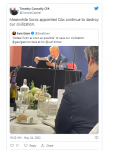
* * *
Full Address below: (emphasis ours)
Since the last Davos meeting the course of history has changed dramatically.
Russia invaded Ukraine. This has shaken Europe to its core. The European Union was established to prevent such a thing from happening. Even when the fighting stops as it eventually must, the situation will never revert to what it was before.
The invasion may have been the beginning of the Third World War and our civilization may not survive it. That is the subject I will address this evening.
The invasion of Ukraine didn’t come out of the blue. The world has been increasingly engaged in a struggle between two systems of governance that are diametrically opposed to each other: open society and closed society. Let me define the difference as simply as I can.
In an open society, the role of the state is to protect the freedom of the individual; in a closed society the role of the individual is to serve the rulers of the state.
Other issues that concern all of humanity – fighting pandemics and climate change, avoiding nuclear war, maintaining global institutions – have had to take a back seat to that struggle. That’s why I say our civilization may not survive.
I became engaged in what I call political philanthropy in the 1980s. That was a time when a large part of the world was under Communist rule, and I wanted to help people who were outraged and fought against oppression.
As the Soviet Union disintegrated, I established one foundation after another in rapid succession in what was then the Soviet empire. The effort turned out to be more successful than I expected.
Those were exciting days. They also coincided with a period of personal financial success that allowed me to increase my annual giving from $3 million in 1984 to more than $300 million three years later.
After the 9/11 attacks in 2001, the tide began to turn against open societies. Repressive regimes are now in the ascendant and open societies are under siege. Today China and Russia present the greatest threat to open society.
I have pondered long and hard why that should have happened. I found part of the answer in the rapid development of digital technology, especially artificial intelligence.
In theory, AI ought to be politically neutral: it can be used for good or bad. But in practice the effect is asymmetric. AI is particularly good at producing instruments of control that help repressive regimes and endanger open societies. Covid-19 also helped legitimize instruments of control because they are really useful in dealing with the virus.
The rapid development of AI has gone hand in hand with the rise of social media and tech platforms. These conglomerates have come to dominate the global economy. They are multinational and their reach extends around the world.
These developments have had far-reaching consequences. They have sharpened the conflict between China and the United States. China has turned its tech platforms into national champions. The United States has been more hesitant because it has worried about their effect on the freedom of the individual.
These different attitudes shed new light on the conflict between the two different systems of governance that the US and China represent.
Xi Jinping’s China, which collects personal data for the surveillance and control of its citizens more aggressively than any other country in history, ought to benefit from these developments. But, as I shall explain later tonight, that is not the case.
Let me now turn to recent developments, Vladimir Putin and Xi Jinping met on February 4th at the opening ceremony of the Beijing Winter Olympics. They issued a long statement announcing that the cooperation between them has “no limits”. Putin informed Xi of a “special military operation” in Ukraine, but it is unclear whether he told Xi that he had a full-scale attack on Ukraine in mind. US and UK military experts certainly told their Chinese counterparts what was in store. Xi approved, but asked Putin to wait until the conclusion of the winter Olympics.
For his part, Xi resolved to hold the Olympics in spite of the Omicron variant that was just beginning to spread in China. The organizers went to great lengths to create an airtight bubble for the competitors and the Olympics concluded without a hitch.
But Omicron established itself in the community, first in Shanghai, China’s largest city and commercial hub. Now it is spreading to the rest of the country. Yet Xi persists with his Zero Covid policy. That has inflicted great hardships on Shanghai’s population, by forcing them into makeshift quarantine centers instead of allowing them to quarantine themselves at home. This has driven Shanghai to the verge of open rebellion.
Many people are puzzled by this seemingly irrational approach, but I can give you the explanation: Xi harbors a guilty secret. He never told the Chinese people that they had been inoculated with a vaccine that was designed for the original Wuhan variant and offers very little protection against new variants.
Xi can’t afford to come clean because he is at a very delicate moment in his career. His second term in office expires in the fall of 2022 and he wants to be appointed to an unprecedented third term, eventually making him ruler for life.
He has carefully choreographed a process that would allow him to fulfill his life’s ambition, and everything must be subordinated to this goal.
In the meantime, Putin’s so-called “special military operation” didn’t unfold according to plan. He expected his army to be welcomed by the Russian speaking population of Ukraine as liberators. His soldiers carried with them their dress uniforms for a victory parade. But that is not what happened.
Ukraine put up unexpectedly strong resistance and inflicted severe damage on the invading Russian army. The army was badly equipped and badly led and the soldiers became
demoralized. The United States and the European Union rallied to Ukraine’s support and supplied it with armaments. With their help, Ukraine was able to defeat the much larger Russian army in the battle for Kyiv.
Putin could not afford to accept defeat and changed his plans accordingly. He put General Vladimir Shamanov, well known for his cruelty in the siege of Grozny, in charge and ordered him to produce some success by May 9th when Victory Day was to be celebrated.
But Putin had very little to celebrate. Shamanov concentrated his efforts on the port city of Mariupol which used to have 400,000 inhabitants. He reduced it to rubble, as he had done to Grozny but the Ukrainian defenders held out for 82 days and the siege cost the lives of thousands of civilians.
Moreover, the hasty withdrawal from Kyiv revealed the heinous atrocities that Putin’s army had committed on the civilian population in a suburb of Kyiv, Bucha. They are well-documented, and they have outraged those who saw the pictures on television. That did not include the people of Russia who had been kept in the dark about Putin’s “special military operation”.
The invasion of Ukraine has now entered a new phase which is much more challenging for the Ukrainian army. They must fight on open terrain where the numerical superiority of the Russian army is more difficult to overcome.
The Ukrainians are doing their best, counterattacking and penetrating Russian territory. This has had the added benefit of bringing home to the Russian population what is really going on.
The US has also done its best to reduce the financial gap between Russia and Ukraine by getting Congress to allocate an unprecedented $40 billion in military and financial aid to Ukraine. I can’t predict the outcome, but Ukraine certainly has a fighting chance.
Recently, European leaders went even further. They wanted to use the invasion of Ukraine to promote greater European integration, so that what Putin is doing can never happen again.
Enrico Letta, leader of Partito Democratico, proposed a plan for a partially federated Europe. The federal portion would cover key policy areas.
In the federal core, no member state would have veto power. In the wider confederation member states could join “coalitions of the willing” or simply retain their veto power. Mario Draghi endorsed Letta’s plan.
Emmanuel Macron, in a significant broadening of his pro-European approach, advocated geographic expansion, and the need for the EU to prepare for it. Not only Ukraine but also Moldova and the Western Balkans should qualify for membership in the European Union. It will take a long time to work out the details, but Europe seems to be moving in the right direction. It has responded to the invasion of Ukraine with greater speed, unity and vigor than ever before in its history. After a hesitant start, Commission President, Ursula von der Leyen, also has found a strong pro-European voice.
But Europe’s dependence on Russian fossil fuels remains excessive, due largely to the mercantilist policies pursued by former Chancellor Angela Merkel. She had made special deals with Russia for the supply of gas and made China Germany’s largest export market.
That made Germany the best performing economy in Europe but now there is a heavy price to pay. Germany’s economy needs to be reoriented. And that will take a long time.
Olaf Scholz was elected Chancellor because he promised to continue Merkel’s policies. But events forced him to abandon this promise. That didn’t come easy, because he had to break with the hallowed traditions of the Social Democrats.
But when it comes to maintaining European unity, Scholz always seems to do the right thing in the end. He abandoned Nordstream 2, committed a 100 billion euros to defense and provided arms to Ukraine, breaking with a long-standing taboo. That is how the Western democracies responded to the Russian invasion of Ukraine.
What do the two dictators Vladimir Putin and Xi Jinping have to show for themselves? They are tied together in an alliance that has no limits. They also have a lot in common. They rule by intimidation, and as a consequence they make mind-boggling mistakes. Putin expected to be welcomed in Ukraine as a liberator; Xi Jinping is sticking to a Zero Covid policy that can’t possibly be sustained.
Putin seems to have recognized that he made a terrible mistake when he invaded Ukraine and he is now preparing the ground for negotiating a cease fire. But the cease fire is unattainable because he cannot be trusted. Putin would have to start peace negotiations which he will never do because it would be equivalent to resigning.
The situation is confusing. A military expert who had been opposed to the invasion was allowed to go on Russian television to inform the public how bad the situation is. Later he swore allegiance to Putin. Interestingly, Xi Jinping continues to support Putin, but no longer without limits.
This begins to explain why Xi Jinping is bound to fail. Giving Putin permission to launch an unsuccessful attack against Ukraine didn’t serve China’s best interests. China ought to be the senior partner in the alliance with Russia but Xi Jinping’s lack of assertiveness allowed Putin to usurp that position.
But Xi’s worst mistake was to double down on his Zero Covid policy.
The lockdowns had disastrous consequences. They pushed the Chinese economy into a free fall. It started in March, and it will continue to gather momentum until Xi reverses course – which he will never do because he can’t admit a mistake. Coming on top of the real estate crisis the damage will be so great that it will affect the global economy. With the disruption of supply chains, global inflation is liable to turn into global depression.
Yet, the weaker Putin gets the more unpredictable he becomes. The member states of the EU feel the pressure. They realize that Putin may not wait until they develop alternative sources of energy but turn off the taps on gas while it really hurts.
The RePowerEu program announced last week reflects these fears. Olaf Scholz is particularly anxious because of the special deals that his predecessor Angela Merkel made with Russia. Mario Draghi is more courageous, although Italy’s gas dependency is almost as high as Germany’s. Europe’s cohesion will face a severe test but if it continues to maintain its unity, it could strengthen both Europe’s energy security and leadership on climate.
What about China? Xi Jinping has many enemies. Nobody dares to attack him directly because he has centralized all the instruments of surveillance and repression in his own hands, but it is well known that there is dissention within the Communist Party. It has become so sharp that it has found expression in articles that ordinary people can read.
Contrary to general expectations Xi Jinping may not get his coveted third term because of the mistakes he has made. But even if he does, the Politburo may not give him a free hand to select the members of the next Politburo. That would greatly reduce his power and influence and make it less likely that he will become ruler for life.
While the war rages, the fight against climate change has to take second place. Yet the experts tell us that we have already fallen far behind, and climate change is on the verge of becoming irreversible. That could be the end of our civilization.
I find this prospect particularly frightening. Most of us accept the idea that we must eventually die but we take it for granted that our civilization will survive.
Therefore, we must mobilize all our resources to bring the war to an early end. The best and perhaps only way to preserve our civilization is to defeat Putin as soon as possible.
That’s the bottom line.
Thank you.

















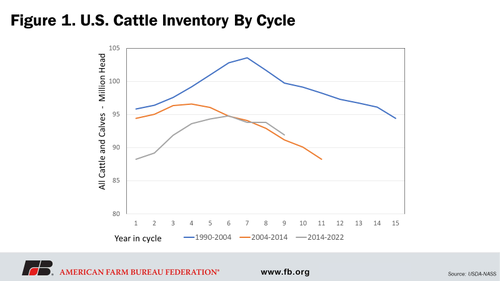

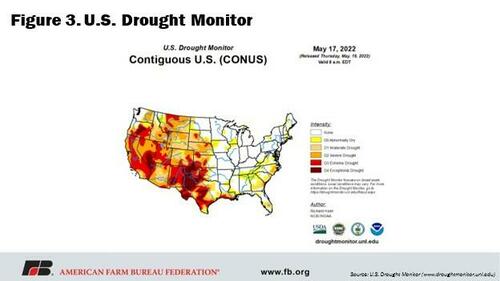
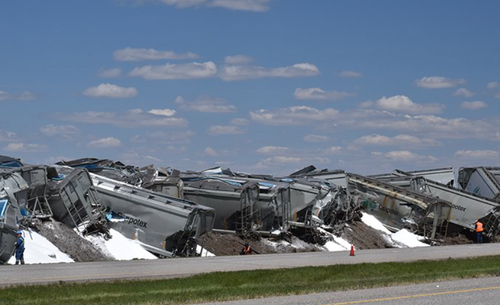

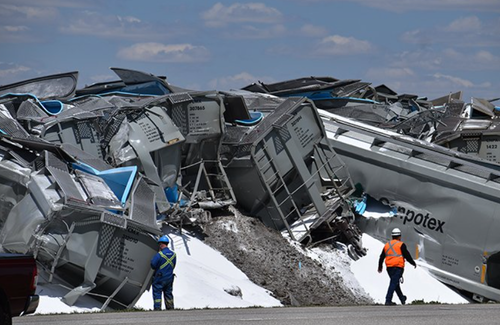
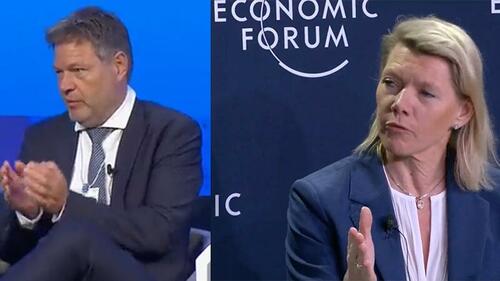


 A combine drives over stalks of soft red winter wheat during the harvest on a farm in Dixon, Illinois, on July 16, 2013. (REUTERS/Jim Young)
A combine drives over stalks of soft red winter wheat during the harvest on a farm in Dixon, Illinois, on July 16, 2013. (REUTERS/Jim Young)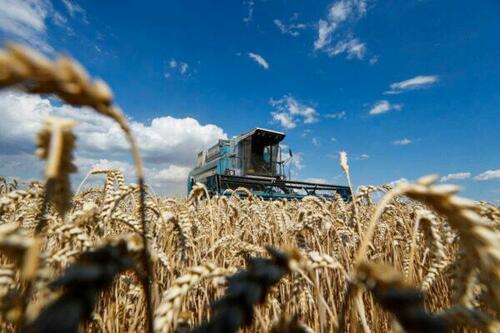 A combine harvester gathers wheat in a field near the village of Hrebeni in the Kyiv region, Ukraine, on July 17, 2020. (Valentyn Ogirenko/Reuters)
A combine harvester gathers wheat in a field near the village of Hrebeni in the Kyiv region, Ukraine, on July 17, 2020. (Valentyn Ogirenko/Reuters)

